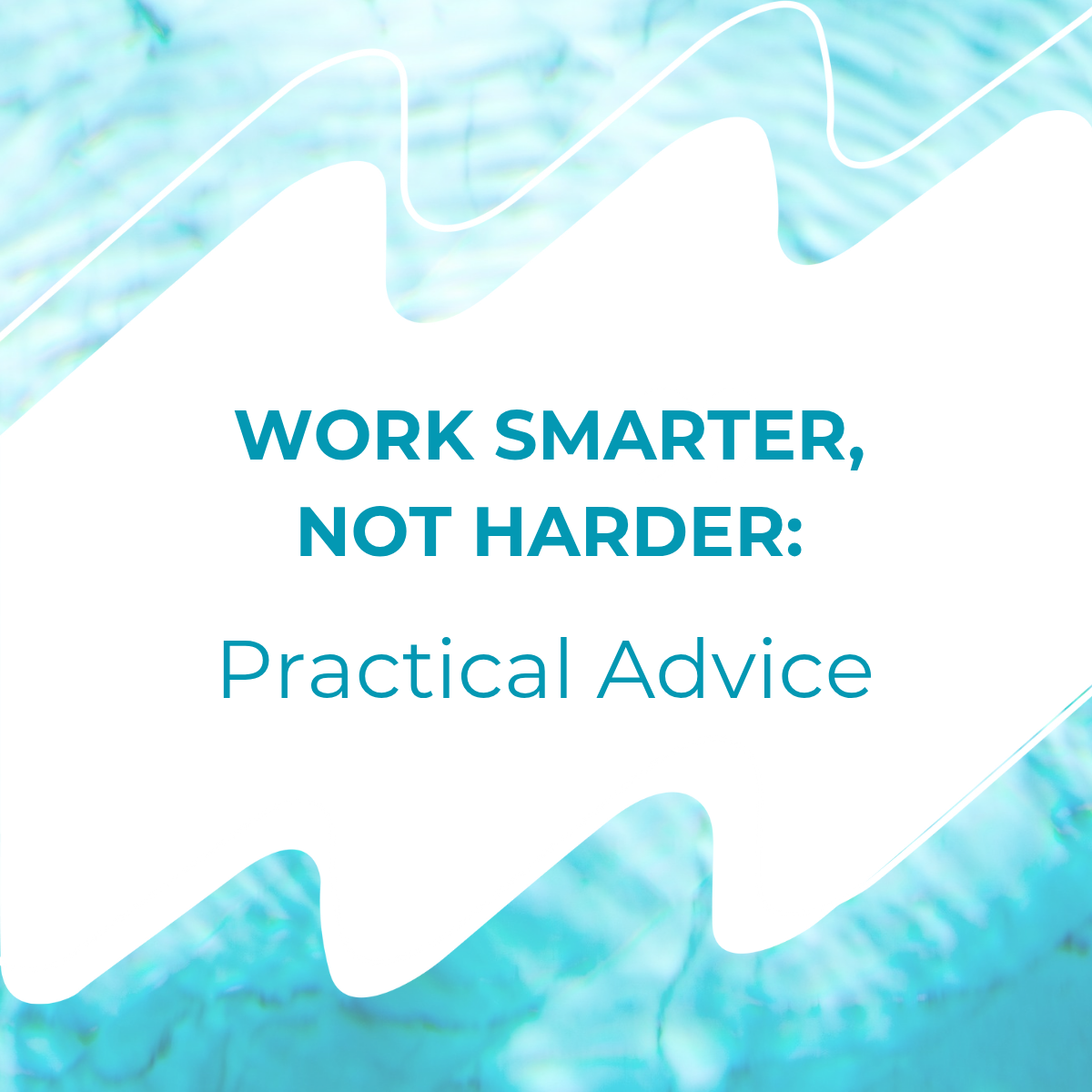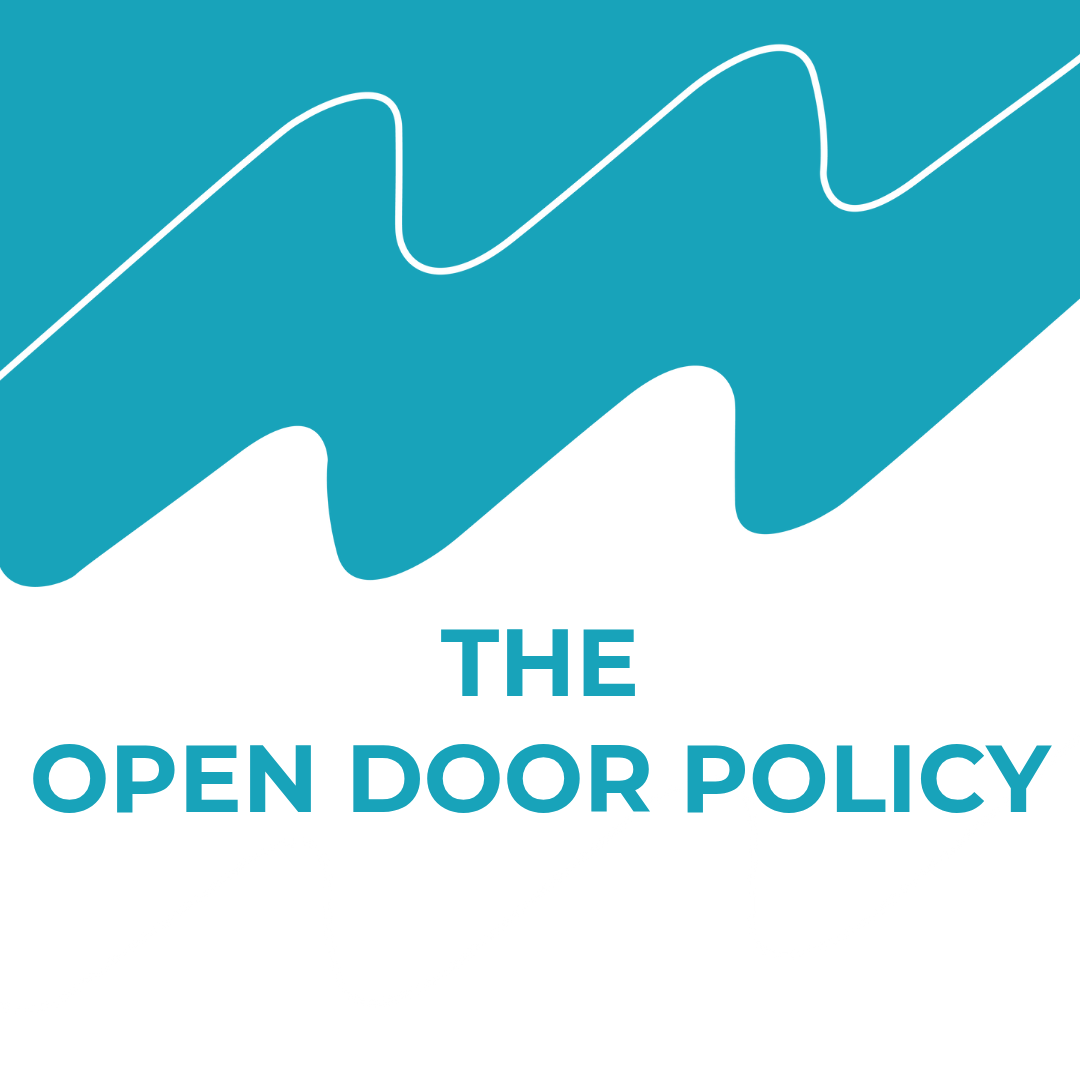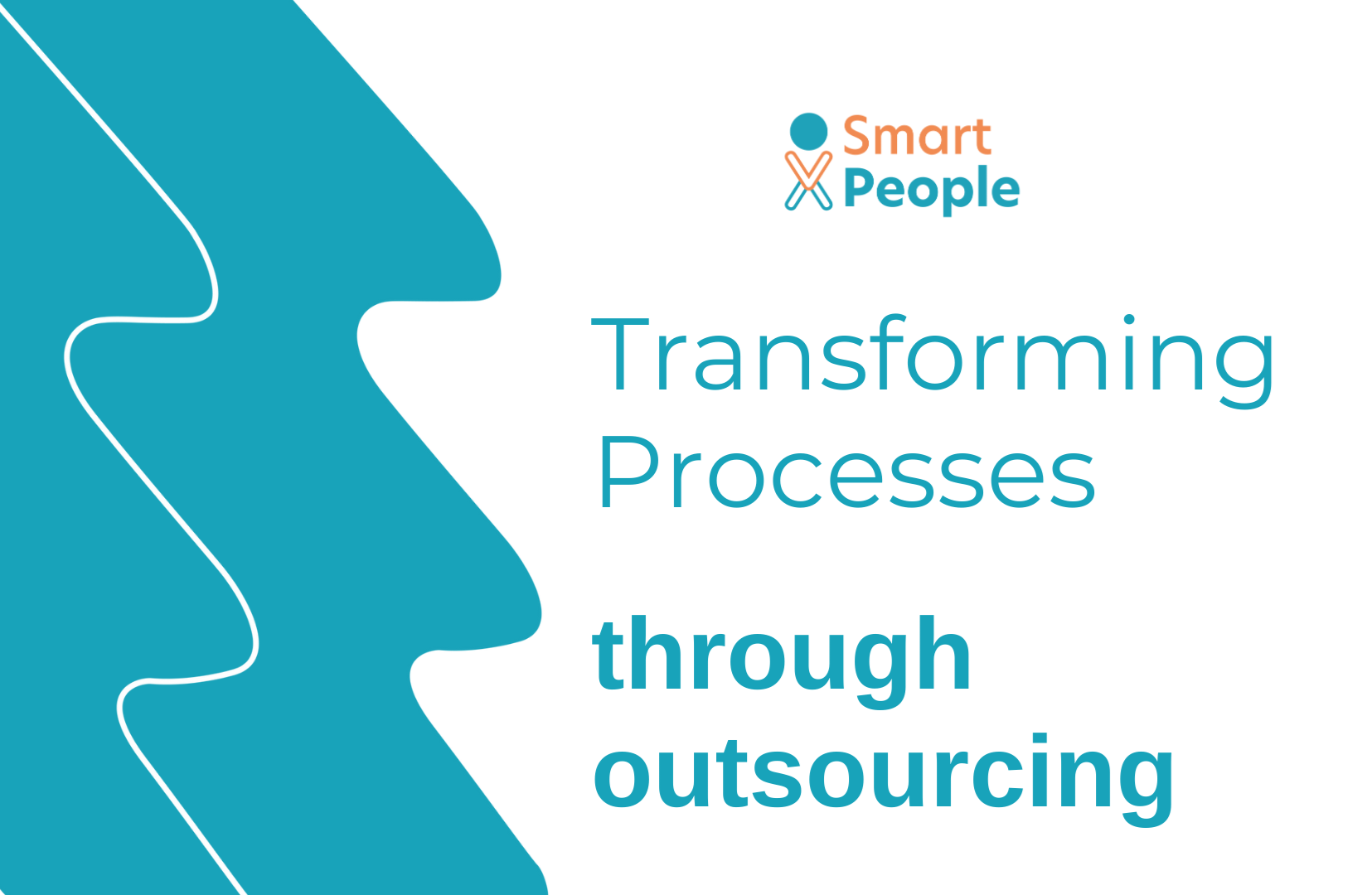Let’s set the scene. It’s 1928. Alexander Fleming, a Scottish scientist with a mustache, accidentally discovers penicillin. The world of medicine changes forever—not because Fleming stubbornly clung to the old ways, but because he noticed something new and wasn’t afraid to explore it.
Fast forward a century. You, a seasoned manager with a coffee mug older than half your team, stare in confusion at the office printer’s flashing light. Next to you, your new employee—Gen Z—solves the issue with a tap, a swipe, and what seems like a Jedi mind trick. The machine hums back to life.
Now, you could pretend you had it under control all along. Or you could lean into the moment, Fleming-style, and embrace the fact that there are still a few things you could learn.
The Physics of Progress: Newton’s Third Law (of Management)
Let’s invoke the wisdom of Sir Isaac Newton. “For every action, there is an equal and opposite reaction.” In the workplace, for every new technology, there is an equal amount of confusion—usually in direct proportion to how long you’ve been using Windows XP. Gen Z isn’t the reaction; they’re the solution. And the reaction you want? Curiosity, not fear.
Who Are These Gen Z Wizards, Anyway?
Born between 1997 and 2012, Gen Z grew up with smartphones. They are digital natives, true, but also—brace yourself—pretty great at problem-solving, adapting, and questioning the status quo.
They don’t want your job. They just want to help you do yours better.
The Authority Illusion: You Don’t Lose It by Learning
It’s easy to believe that asking for help chips away at your authority. But let’s debunk that with a little corporate anthropology. The greatest leaders in history—Lincoln, Mandela, Captain Picard—weren’t afraid to seek counsel. In fact, the more they listened, the more they led. Asking Gen Z for advice on Slack, social media, or why your phone keeps autocorrecting “meeting” to “meowing” doesn’t make you less of a leader. It makes you more human—and, frankly, more efficient.
Three Gen Z Management Tips
- Reverse Mentorship
- Pair up. Let your Gen Z team teach you about emerging tech and you share your wisdom about how to survive a meeting that could’ve been an email. Everyone wins.
- Invite Curiosity, Not Judgment
- Create a culture where questions are welcomed, not ridiculed. Curiosity is contagious—and profitable.
- Celebrate Micro-Wins
- Gen Z thrives on feedback and small victories. Acknowledge their contributions, whether it’s fixing the WiFi or launching a viral campaign.
Final Thought: The Future Is Collaborative, Not Competitive
The real superpower isn’t knowing everything—it’s knowing someone who knows something you don’t. By embracing Gen Z’s strengths, you’re not losing authority; you’re expanding it. You’re building a team that learns, adapts, and actually enjoys working together.
So next time the printer blinks at you menacingly, remember Alexander Fleming, Newton’s Third Law, and maybe even Captain Picard.
Ready to bridge the generation gap? Start by asking Gen Z for advice.










